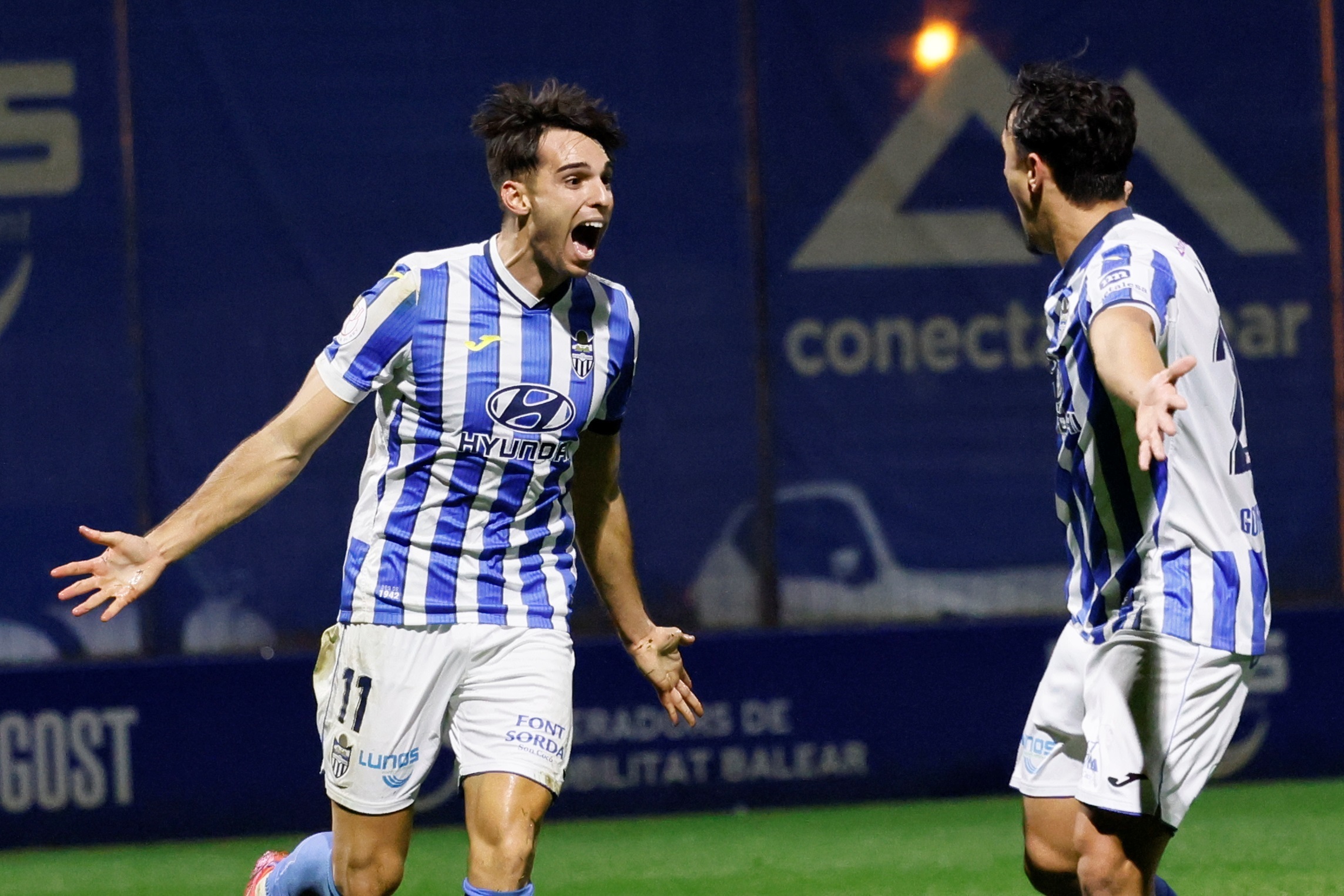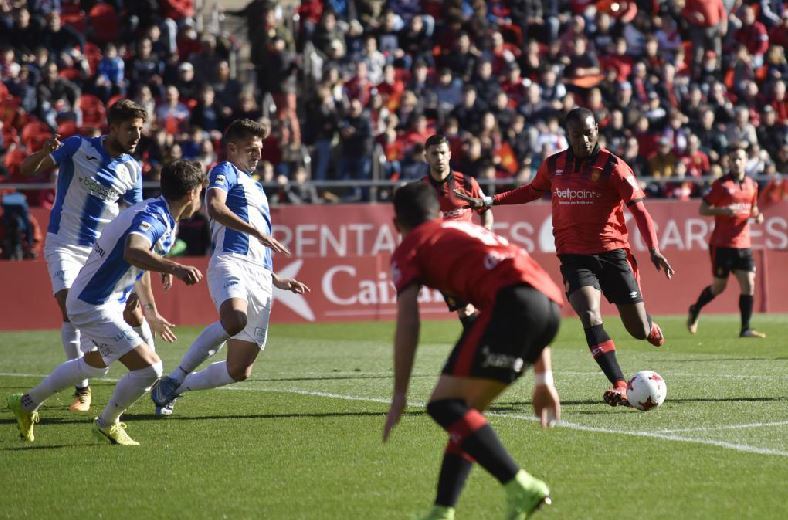A century-old club from Palma de Mallorca

In the east of the Mallorcan capital Palma, we find a unique club within the Spanish footballing panorama. Atlètic Balears has a long history, including seasons in the second division. Moreover, the blue-white club is important in Mallorcan society, making this altogether a very special team. Welcome to…Atlètic Balears.
/cloudfront-eu-central-1.images.arcpublishing.com/prisaradio/QA42N3C3FZFGXNZY24NZU3KA2Y.jpg)
A different club from the beginning
In 1920, two interesting clubs were founded: Mecánico and Fundición Carbonell. These were the first teams consisting members of the working class, which contrasted with football being a sport for the rich in this era. In the same year, the mechanics and founders decided to unite forces because of many similarities, after which Baleares FC was born.

Baleares became the representative team of the working class in Palma, something that did not damage the results. The balearicos won several local tournaments, converting them in the second team of Palma – after Real Mallorca. Moreover, Baleares survived tough times. This can be illustrated by the fusion by absorption of Atlético by Baleares, realized in 1942 when both clubs were experiencing difficulties. After this merger, Baleares would continue as a club but under the name of Atlético Baleares, or, as the Mallorcans say, Atlètic Balears.

In the 1950s, Atlètic Balears debuted in the Segunda División but only managed to play here for two seasons. They repeated this formula in the 1960s but played in the Tercera División during most of the 20th century. Nevertheless, Atlètic Balears would never lose its status as second-best club of Palma and even grew to be the second-best club from all the Balearic Islands.

After years in the Tercera and even lower leagues, Atlètic Balears became one of the most-feared teams in the Segunda B by the 2010s. On four occasions, the blanc-i-blaus had the chance to return to the Segunda División but failed on every attempt. Still, the Balearic club qualified for the Primera Federación in 2021, the competition in which the team is still active.
/cloudfront-eu-central-1.images.arcpublishing.com/prisaradio/GKUEYAS7QBNH3P7MFKMUWI4DVQ.jpg)
Apart from bittersweet competition results, Atlètic Balears lived a fairy tale in the Copa del Rey during the 2021-22 edition. After winning an intense game against Calahorra, the balearicos beat Getafe 5-0 and Celta de Vigo 2-1, two teams from the Primera División. Unfortunately, Atlètic Balears lost 0-1 to Valencia in the round of 16, ending all dreams. Still, the supporters were very proud that their team had won against two ‘elite’ teams and had put the club on the map.

A multidimensional rivalry
Atlètic Balears has a fierce rivalry with Real Mallorca. However, this is not because the teams have often played in the same division, knowing that Real Mallorca usually plays in professional football and Atlètic Balears does not. Instead, some other differences play a role, such as political and social background.

The differences in background shape two different identities, which forms the basis for a special rivalry. This opposition is fueled by the supporters, creating a schism in Palma society: or you support Real Mallorca, or you support Atlètic Balears. Also, it should be noted that Real Mallorca, given all successes and seasons in the highest division, is way more popular in Palma and the rest of Mallorca.

The future
The future of Atlètic Balears has two sides. On the one hand, the increasing professionalism at a club that used to belong to the working class – seemingly inevitably – creates a clash of identities. On the other hand, Atlètic Balears tends to compete for promotion, improves its youth academy, gains more supporters, rebuilds its stadium, and has become the reference of Balearic women’s football. Moreover, in the summer of 2023, the first English book on Atlètic Balears will be published – the first English book about a club outside of Spain’s professional football. In short, the club is living in an ascending line, and no one knows where it will end. This was…Atlètic Balears.

Sources
- Amengual Salas, V. (2021). ORSAI: L’Atlètic Balears. Entre la sociologia i el futbol. Illa Edicions.
- Borchers, L. (2021). GOLAZO. Self-published.
- Borchers, L. (2022). CARA O CRUZ. Self-published.
- Borchers, L. (2023). The Story of Atlètic Balears. Not yet published.
- García Gargallo, M. (2013). Els orígens de l’Atlètic Balears (1920-1942). Dels inicis a la fusió. Lulú.
- García Gargallo, M. (2020). L’Atlètic Balears (1920-1942)ː Els primers anys d’una entitat centenària. Documenta Balear.
- Salas Fuster, A. (2009). L’Atlètic Balears. Una història de supervivència. Ingrama SA.
- Salas Fuster, A. (2011). L’Atlètic Balears. La història en imatges. Ed. Ramon Llull.
- https://espanaestadios.com/2018/10/01/palma-estadio-balear/
Leave a comment